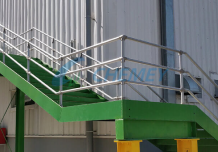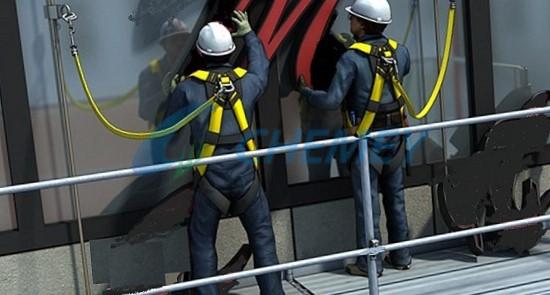Fall prevention and Fall protection considerations are important in manufacturing industry and construction sites because falls, slips and trips are among the most common causes of work injuries and fatalities.
We often use these phrases involving key words “protect” or “prevent” interchangeably. According to a dictionary, protect means “to defend or guard; to keep safe from harm or injury” while prevent means “to keep from occurring; avert, hinder.”

What Does OSHA say?
OSHA(Occupational Safety and Health Administration) says that
1) To prevent workers from being injured due to falls in general industry, employers must commit to
- No matter the height, if it is possible for any worker to fall into or onto dangerous areas, employers’ erect guardrails and toe boards to prevent falls and injuries
- Provide a guard rail and toe board surrounding elevated open sided platforms, floors or runways or a floor hole cover to guard floor holes into which workers could accidentally walk.
2) To protect workers: Employers have a responsibility to protect workers from exposure to serious injury or fatality while working at heights of four feet (general industry) and six feet (construction industry). Furthermore, OSHA requires that should a worker do work over dangerous equipment or machinery, the employer has a duty to provide fall protection.
- Providing other types of fall protection systems that may be necessary such as safety harness and line, safety gates, mobile work platforms, cross over platforms, stair railings and handrails.
According to OSHA fall protection includes fall prevention, fall arrest systems, and measurements for assessing fall hazards and controls. Therefore, it is possible to think of fall protection as a global phrasing which includes fall prevention.
What does fall prevention systems include? It includes systems such as
(1) Guardrail Systems: Guardrail systems are passive fall protection systems used as a barrier to prevent workers from falling from a work edge to a lower level. Use these systems on various work surfaces such as rooftops, mezzanines, catwalks, etc. In addition, guardrails prevent workers from falling into holes or openings.
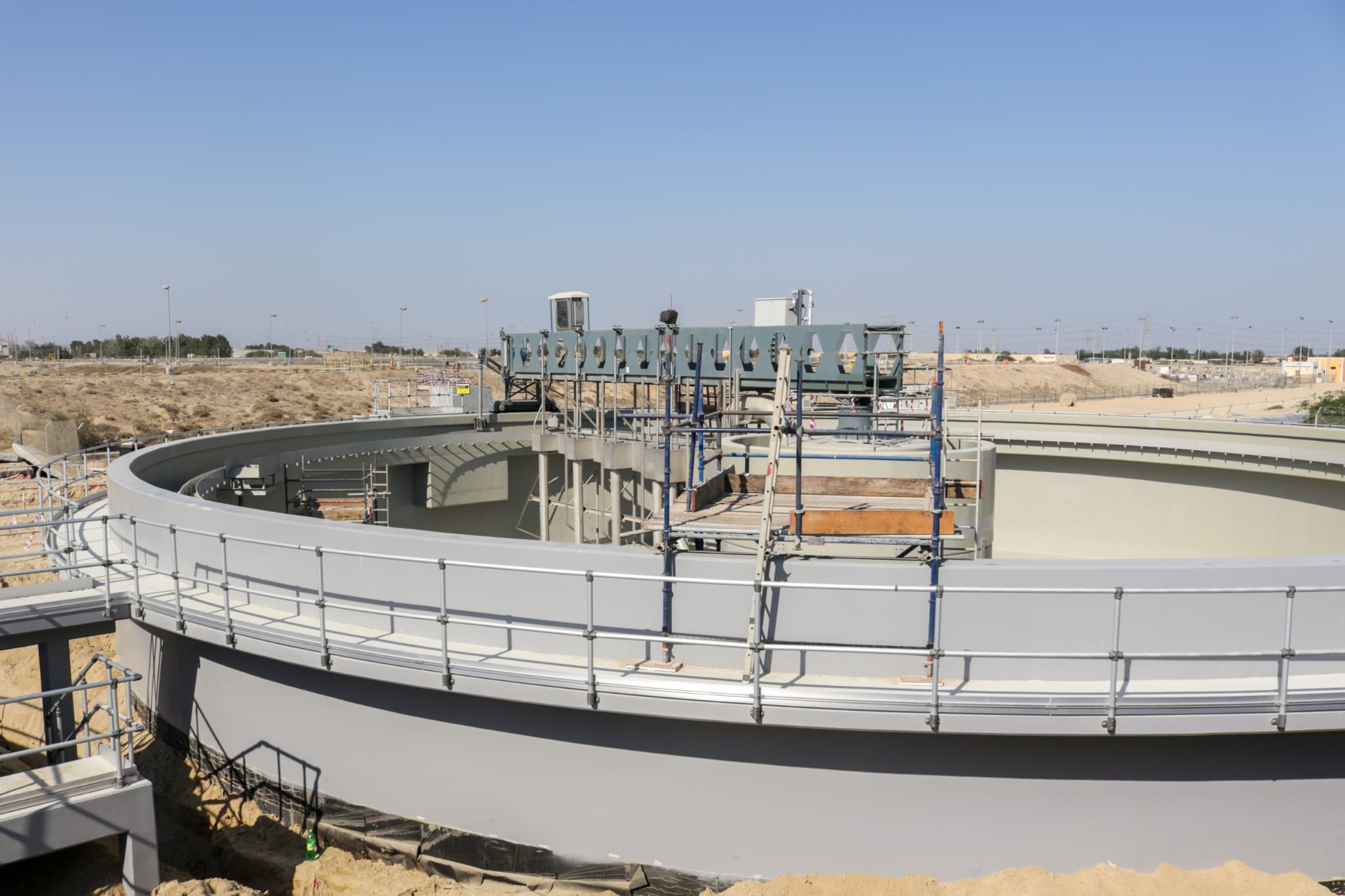
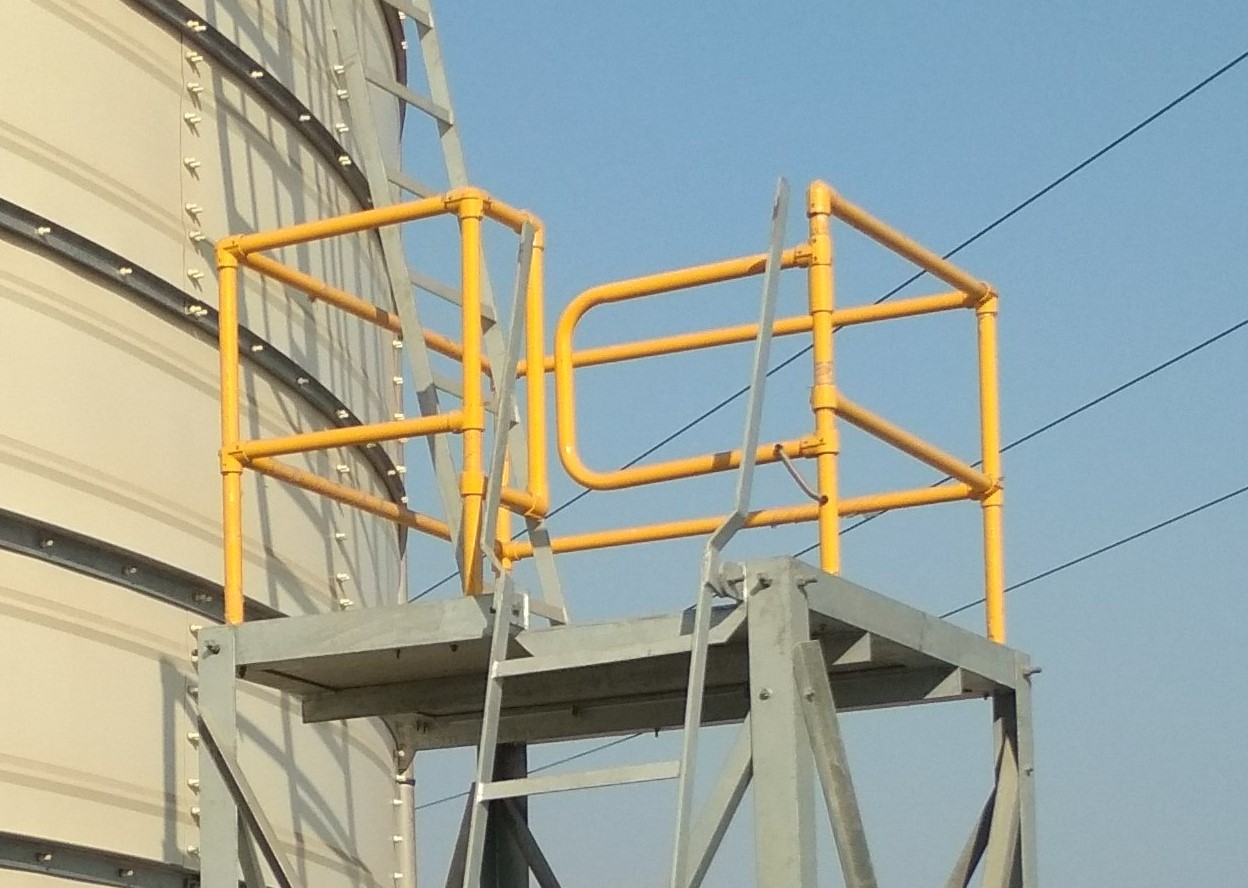
(2) Safety Gates: Protecting the entrance of a ladderway is key to preventing falls in your facility. One way to do this is with metal swing gates that attach to the guardrail system used to protect the elevated surface the ladder leads to.
Protecting personnel working above and working below a mezzanine must be protected without impeding the loading area. A mezzanine safety gate/pallet gate allows access to move materials and yet provide safe restriction to the loading area. Pallet gates open from the outside and allows pallets and other items to enter the mezzanine or platform with a forklift.
(3) Barriers or Marking Systems: A hard or expandable barriers is also passive fall protection system. A warning line system includes a chain (rope or wire) and supporting stanchions is an alternative. Place the system around openings or edge of hazards to serve as a warning that workers are approaching a hazard.
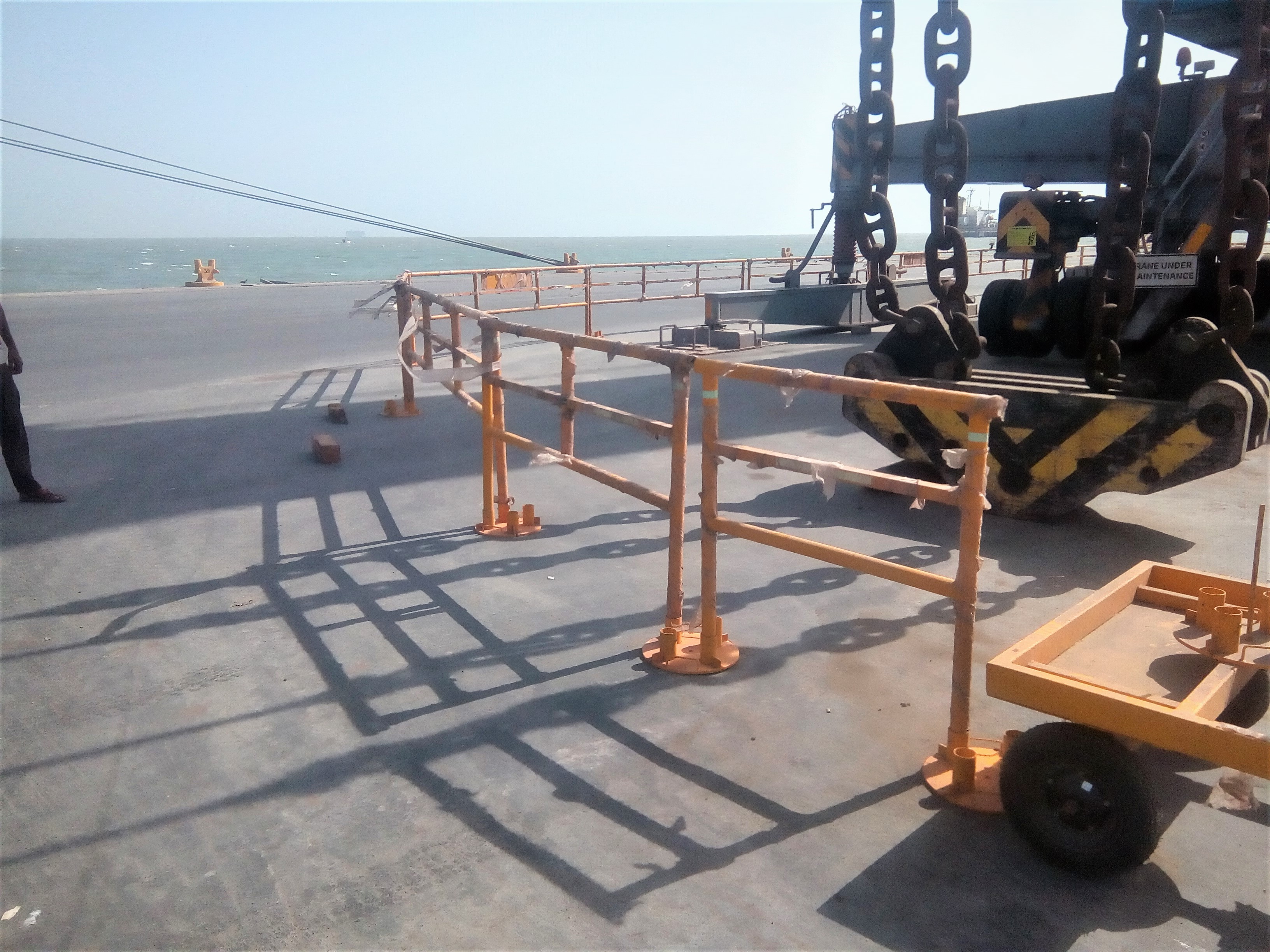
(4) Fall Restraint Systems: A fall restraint system is a form of active fall prevention system used to prevent falls. Fall restraint systems include using safety belts or full body harnesses which attach a worker to an anchor. Attach a line to an anchor and to the harness or safety belt so that the worker cannot fall off an edge.
(5) Hole Covers: Another type of passive fall protection system is a hole cover. One type of hole cover is a skylight screen which provides a physical barrier to prevent workers or materials from falling through the skylight.
Consequently, fall prevention includes steps taken to hinder an accidental fall. Employers need to eliminate or limit access to fall hazards and train workers. Fall prevention is an important element in fall protection.
Fall Restraint
A fall restraint system stops workers from falling by using a tether which restrains a worker’s range of motion. The worker is not allowed to move far enough to reach a leading edge.

Fall Arrest Systems
Another type of fall protection is fall arrest systems. Fall arrest systems protect a worker after a fall by stopping the fall before the worker hits the surface or hazard below. One type of fall arrest system is a full body harness connected by lanyards or lifelines to a secure anchor. Another type of fall arrest system is safety nets.
Conclusion
Finally, protecting workers from falls and preventing workers from falls go hand in hand. Whether the preference is to use fall prevention or fall protection, the overall important aspect is worker safety with fewer injuries and fatalities due to falls. We offer various fall protection products including guardrail systems, safety gates, skylights, Barriers, warning lines and keep workplaces safe during routine operation and maintenance.

